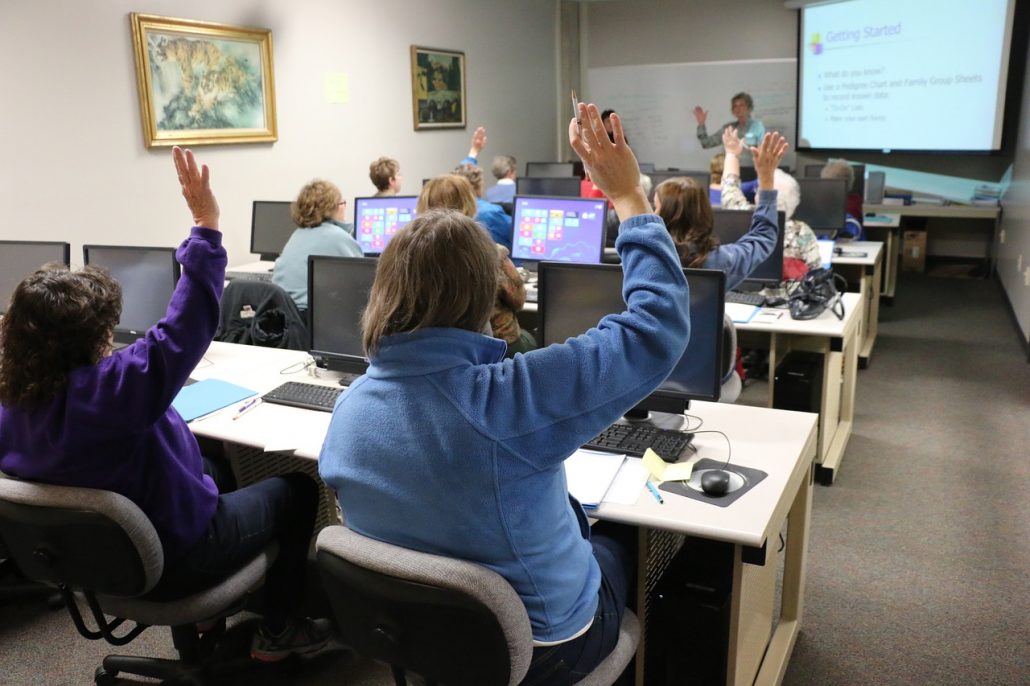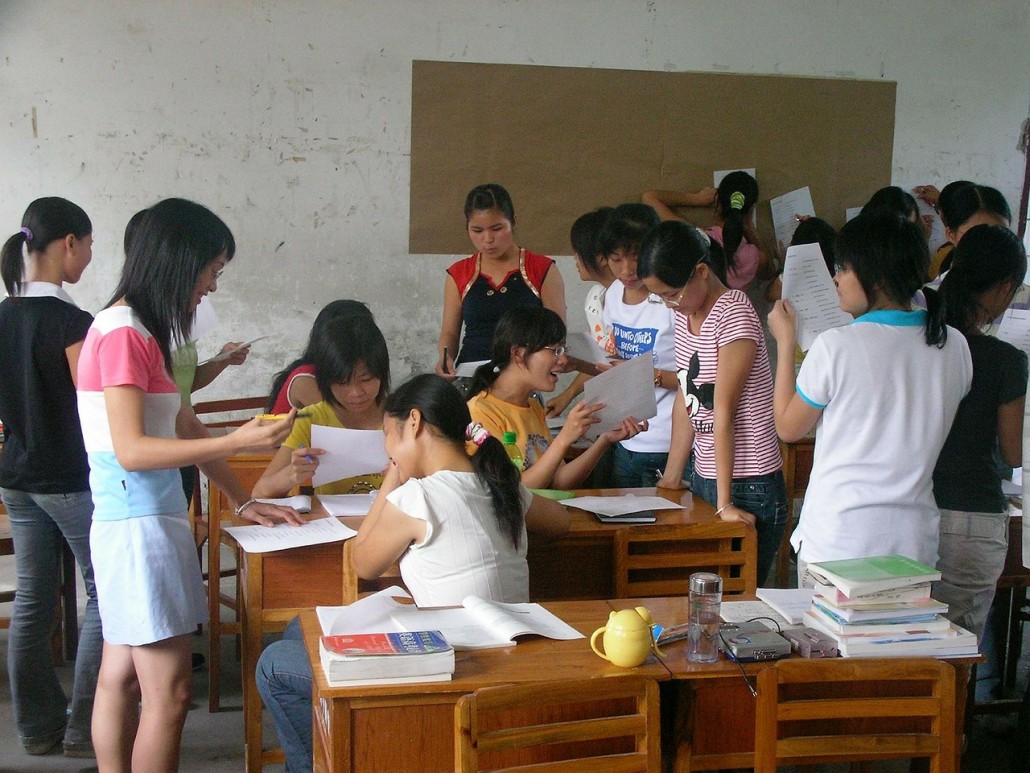Increasing Motivation at Home

Dinner table questions about your child’s day may occasionally allude to the idea of motivation, but how often is motivation put at the forefront of the discussion? Since motivation is not something that we can readily teach, measure, or initiate, we may focus our attention more directly on grades, athletics, etc. However, one could argue that motivation is a major key to academic and extracurricular success. While motivation is not a one-size-fits-all skill to be acquired, there are ways that parents can encourage motivation and the strategies to boost it.
So, how exactly can parents teach the concept and importance of motivation to their children? One way of introducing the conversation is to discuss the future. This may sound cliché, but many adolescents and teens are very much focused on the here and now. Prompting thoughtful consideration of the future can be a great way to open the door on the topic of motivation. Asking questions like, “What is one sport, skill, or activity that you would like to try at some point?” Or, “What can you see yourself NOT doing as a career after school?” These questions not only encourage an interesting conversation, rather they also facilitate follow up questions directly related to motivation. For instance, if your teen says that she would love to travel abroad at some point in her schooling, talk about realistic steps that she would have to take to allow that to be an option. Is there a specific program that she has to qualify for? Are there GPA guidelines? How much money would she have to save to put towards the trip? Can she qualify for any sort of scholarship to help pay for the trip? All of these questions stem from one consideration that your child has mentioned. Yet, that one topic—traveling abroad—opens the door to discuss how your child is going to achieve that opportunity. Having any sort of end goal in mind acts as a wonderful motivator. Likewise, teens can begin to see that much of their goals are directly related to the effort or steps that they take. They have control over the process and the achievement.
Similarly, the notion that “No one is going to do it for me, so I had better make sure that I do it for myself” is also an important motivational message. Other questions to ask your adolescent could be, “What did you accomplish all on your own today? What made you strive to achieve that goal?” Discussing motivation as a means of controlling one’s own destiny is another way to begin the conversation. In a world where adolescents and teens believe that many of their decisions are made for them by parents, teachers, or other adults, this mindset and idea of autonomy allows young people to see themselves as rulers of their own future. They must realize—like we all have at some point in our lives—that they have to make a conscious choice to “show up” in their everyday activities. They have to be willing and open to hard work and growth.
Engaging in positive self-talk is another great way to build motivation. As people, we engage in self-talk continuously and subconsciously. To ensure that teens’ inner dialogue is more positive and motivating, ask your child to jot down any self-talk that he recognizes in the moment. Try this for one day and discuss the types of things that each family member said to or about themselves. Discuss where the negative talk comes in and how it can inhibit motivation and success.
Build motivation at home and empower your child to chart and achieve his or her own destiny.












